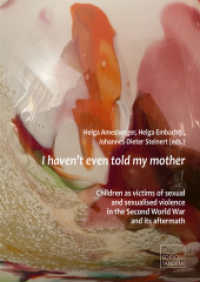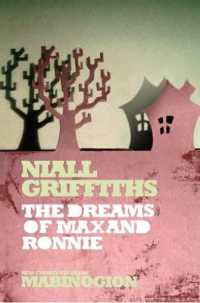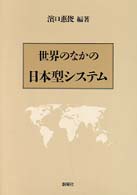Full Description
In McLuhan's Techno-Sensorium City: Coming to Our Senses in a Programmed Environment, Jaqueline McLeod Rogers argues that Marshall McLuhan was both an activist and a speculative urbanist who drew from cross-disciplinary and ahistorical sources to explore constitutive exchanges between humanity and technologies to alter human perception and imagine a sustainable future based on collective participation in a responsive urban environment. This environment—a techno-sensorium—would endeavor to design and program technology to be favorable to life and capable of engaging with multiple senses. McLeod Rogers examines McLuhan's active engagement with the vibrant art and urban design culture of his day to further understand the ways in which the links he drew between media, technology, space, architecture, art, and cities continue to inform current urban and art criticism and practices. Scholars of media studies, urbanism, philosophy, architecture, and sociology will find this book particularly useful.
Contents
Acknowledgments
Introduction: Unsettling Cities: Erudite Activism/Ongoing Influence
Chapter 1: Techno-City: From City to Village to Programmed Environment
Chapter 2: Sensorium-City: Coming to Our Senses
Chapter 3: McLuhan and Urban Planning: Collaborating with Jaqueline Tyrwhitt and Mixing with Ekistics
Chapter 4: McLuhan and Other Contemporary Urban Designers: Gyorgy Kepes and Jane Jacobs
Chapter 5: McLuhan Now: In New Materialist, Media Ecology, and Visual Theory
Chapter 6: McLuhan Now: In City Theory, Architecture, and Art
References
About the Author








